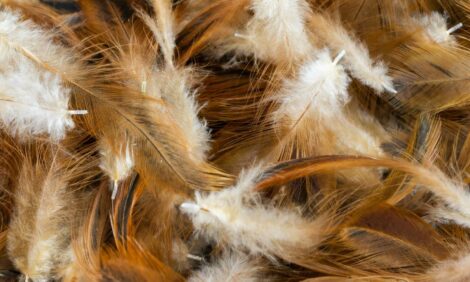



Changing trends and farmer perceptions for feed additives
Learn trends in the feed additive industry and how research is changing farmer perceptions of feed additives.Expect continual growth in feed additives, Paulus Compart said. Enzymes are expected to grow significantly over the next 10 to 15 years.
One of the challenges the industry is facing is the perception that feed additives are “foo-foo dust” and don't work. Land O’Lakes wants to lead the industry in shifting consumer perception from these products being scams to being legitimate solutions to problems on the farm.
“We can shift perception by improving the quality of our ingredients and ensuring a level of quality control. We can do more peer-reviewed research, while continuing our own farm research, but also get university trials and government trials in place,” Paulus Compart said. “We can also better define how these products work and which animal is the ideal target as we shift away from mass treatment for entire herds and flocks and move toward more specific, targeted treatment of individual animals.”
Additional challenges and opportunities exist specifically related to the microbiome. Ongoing research offers an opportunity to study shifts in the microbiome and use the microbiome to identify healthy and sick animals as well as help shift the microbiome in the right direction.
“There are a lot of new products and information coming out every day. It can be very challenging for a producer to know if a product works or doesn’t work,” Paulus Compart said. “We need to help researchers identify ways to build better feed additive products and build better research around them.”
Research can help producers make buying decisions, so they know if their animal’s diet will be effective, is proven in a variety of situations and is worth the producer’s time and financial investment.
“As a producer, it’s difficult to know what you're feeding your animals and if it's effective. There are a lot of opportunities to make it easier for producers to ensure they're feeding the right product and making the right choices,” Paulus Compart added.









